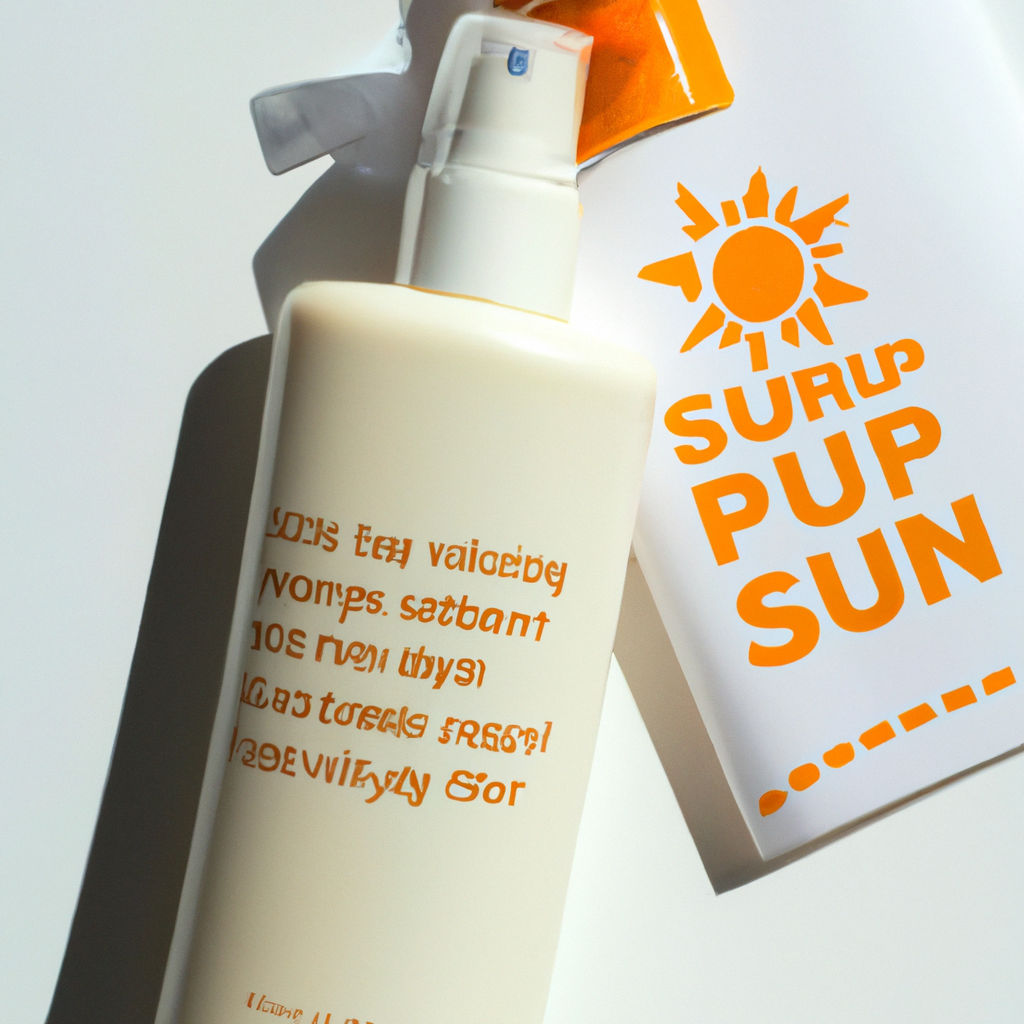Do you want to maintain healthy, radiant skin? One of the best ways to do this is to practice sun protection, and the best way to protect your skin from the sun is with a good sunscreen. Sun Protection 101 covers the basics of staying safe in the sun, and makes sure that you get the best out of your daily skincare while protecting your skin from the damaging sunrays. So if you want to learn more about SPF and the important role it plays in your skincare regimen, keep reading; you’re in the right place!
1. Soaking up the Basics of Sun Protection
When it comes to sun protection, the best way to start is by familiarizing yourself with the basics. Here is a rundown of what to do, and where to start:
- Cover up: Your best line of defense is wearing clothes that cover as much skin as possible. Wear a wide-brimmed hat and sunglasses, too.
- Stay in the shade: When you can, stay in the shade when outdoors. Shade structures, trees, and awnings can all help.
- Apply sunblock: Sunblock should be reapplied after two hours (or more if you’re swimming) and should have an SPF of at least 30. Watching out for key ingredients like zinc oxide can help make sure you’re getting the full protection your skin needs.
It can also be helpful to know what smells signal the start of a sunburn. From the faint chlorophyll scent of grass to the smell of hot pavement in the summertime, there are a few scents that are sure to signal a warning.
If you do happen to turn a little too pink, there are a few things you can do to ease the discomfort. Cold compresses and aloe vera gel can help to reduce the sting, as can ibuprofen.
Ultimately, the best way to prevent sun damage is to stay informed and proactive. So the next time you go out in the sun, remember: cover up, stay in the shade, and apply sunblock – and you’ll be in no time.
2. Understanding SPF and Sunscreen
What SPF is and Does
SPF stands for Sun Protection Factor and it is a measure of how much protection a sunscreen will provide against ultraviolet (UV) radiation. SPF is calculated by figuring out the time it takes you to burn while wearing the sunscreen and then comparing that to the time it takes to burn without the sunscreen. The higher the SPF number, the larger the protection.
SPF Types
The two commonly used types of SPF are
- Chemical
- Mineral
Chemical SPF filters the light and absorbs it into the skin. This type of sunscreen is usually made of ingredients like oxybenzone and avobenzone. Mineral SPF is made of active ingredients like zinc oxide and titanium dioxide. These reflect the sun’s rays and protect the skin from getting burned.
Application Tips
It is important to apply sunscreen at least 30 minutes before you will be exposed to the sun and reapply often. Many people fail to apply enough sunscreen, less than one teaspoon per arm and leg, so it’s important to make sure you get an even coverage. It’s also recommended to keep sunscreen in a cool place so it will last longer.
Choosing the Right Sunscreen
When choosing the right SPF for you it’s important to look at the labels and make sure it is broad spectrum, meaning it will protect you from both UVA and UVB rays. You should also look at the ingredients to ensure that it has the recommended amount so you will get the protection you need.
3. Shine Bright and Safely with Smart Sun Protection
Summertime is here and there are plenty of opportunities for soaking up the sun’s rays. But as we increasingly come to understand the dangers of skin cancer and sunburn, it’s important to keep in mind that smart sun protection is the name of the game.
The key lies in finding efforts and methods that keep us safe while still giving us the chance to enjoy the season. Here are a few of the ways you can stay safe and still have fun in the sun.
- Incorporate Sunscreen into Your Routine: This may seem obvious, but a daily sunscreen application is an incredibly important way to protect yourself. Be sure to use a sunscreen with broad-spectrum protection and an SPF of at least 30.
- Shield Your Skin: Though sunscreen is important, you can add extra protection with clothing, hats, and sunglasses. Not only do they block U.V. rays, but they can also make your summer look chic.
- Be Mindful of the Time: Try to avoid direct sun exposure between the hours of 10 am and 4 pm when the sun is at its strongest. Also keep an eye open for cloudy days. Just because it’s overcast, doesn’t mean the sun’s rays aren’t beaming through.
- Seek Shade: Make use of shade whenever possible by scouting out shady outdoor spots. Picnic tables, beach umbrellas, and seating areas surrounded by trees are among some of our favorite places to seek respite.
By taking these steps to shield ourselves from the sun, we can trick summertime into delivering that sun-kissed glow we all love… while staying safe and healthy.
4. Make Sun Protection Part of Your Daily Skin Care Routine
We have all heard about the importance of sun protection, but how often do we make it part of our daily routines? Sun damage contributes significantly to early-onset aging, so it is essential to make sure that we are doing what we can to protect ourselves from the hazardous UV rays. Here are some routines that you can incorporate into your daily skin care to help keep your skin healthy and radiant!
- Use a sunscreen lotion with SPF 30 or higher every day.
- Apply a sunscreen primer under your foundation or try a tinted sunscreen for light coverage.
- Avoid direct sun exposure, especially between 10am and 4pm when the UV radiation is strongest.
- Remember to wear sunglasses and hats to further protect your eyes and skin from the sun’s rays.
In addition to physical sun protection, antioxidants can be used to combat free radicals that cause premature aging. Make sure to take antioxidant supplements and apply topical antioxidants like green tea or vitamin C serum to your skin daily. Applying antioxidants to your skin will help to combat free radical damage and can even help to reduce the look of fine lines and wrinkles.
Don’t forget about Vitamin D! Although it is important to protect your skin from the sun, it is also important to get enough exposure to sunlight to produce Vitamin D. So, make sure to get enough safe sun exposure in order to reap the benefits of both Vitamin D and sun protection.
By following these simple steps, you can ensure that your skin is healthy and well protected from the harmful effects of the sun. Make sun protection part of your daily routine and enjoy beautiful, healthy-looking skin for years to come!
Don’t let the sun get the best of your skin and health! Follow our Sun Protection 101 guide to stayprotected all summer long and beyond. Spread the word and give your skin the care it deserves. Now, lather on some sunscreen and enjoy a happy and sun-safe day!

